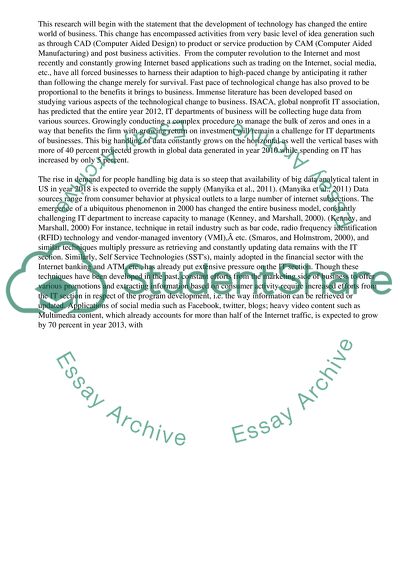Cite this document
(“Technological change in organizations Essay Example | Topics and Well Written Essays - 2500 words”, n.d.)
Retrieved from https://studentshare.org/business/1458933-the-literature-developed-in-the-technological-domain-of-business
Retrieved from https://studentshare.org/business/1458933-the-literature-developed-in-the-technological-domain-of-business
(Technological Change in Organizations Essay Example | Topics and Well Written Essays - 2500 Words)
https://studentshare.org/business/1458933-the-literature-developed-in-the-technological-domain-of-business.
https://studentshare.org/business/1458933-the-literature-developed-in-the-technological-domain-of-business.
“Technological Change in Organizations Essay Example | Topics and Well Written Essays - 2500 Words”, n.d. https://studentshare.org/business/1458933-the-literature-developed-in-the-technological-domain-of-business.


